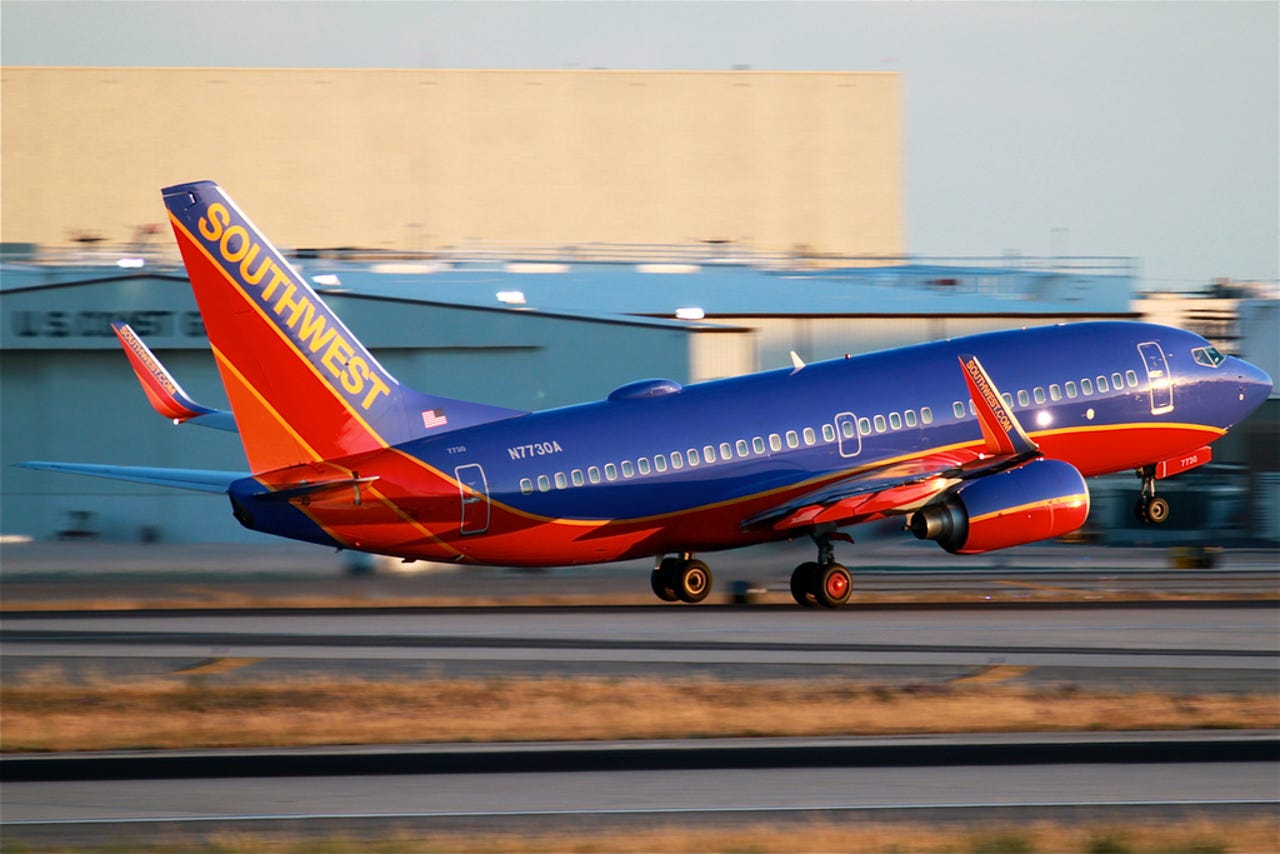Your next flight could be revolutionizing weather forecasting


Twice a day the U.S. National Oceanic and Atmospheric Administration (NOAA) releases weather balloons at 102 sites throughout the United States, Caribbean, and Pacific. The data these balloons collect help meteorologists assess and predict changes in the atmosphere, a helpful tool to forecast severe weather. But collecting that data could become a lot more accurate with the help of the thousands of airplanes that fly through the atmosphere every day.
Late last year, Southwest teamed up with NOAA to equip 87 of its Boeing 737 aircrafts with water vapor sensors. The United Parcel Service also added the sensors to 25 of its jets. All of that data is then fed into the National Weather Service's computer models. There are already more than 100 aircrafts collecting humidity data. That's more than the number of weather balloons used launched each day by NOAA, but less than one percent of the U.S. commercial fleet, Bloomberg reports.
Still, as Jeannine Hendricks a manager at Aeronautical Radio Incorporated (another partner in the Southwest, NOAA, sensor partnership) said in a statement: "For the first time in aircraft operations, we are collecting water vapor data that measures the humidity in the air. This has the potential to revolutionize weather forecasting--especially when predicting thunderstorms--a significant weather occurrence for aviation."
But adding the sensors to commercial aircraft isn't just a for the common good. It's also a helpful tool for Southwest, which can more accurately determine location and timing of fog, cloud formation, and dissipation, and altitudes of cloud ceilings. That can mean while other airlines ground their flights because of fog threats, Southwest can continue to fly, in some cases, since they have more accurate, localized data. And the more you can prevent weather-related because of better forecasting, the more money an airline can save. Flight delays in the U.S. alone cost billions of dollars each year.
Photo: Flickr/JBabinski380
This post was originally published on Smartplanet.com